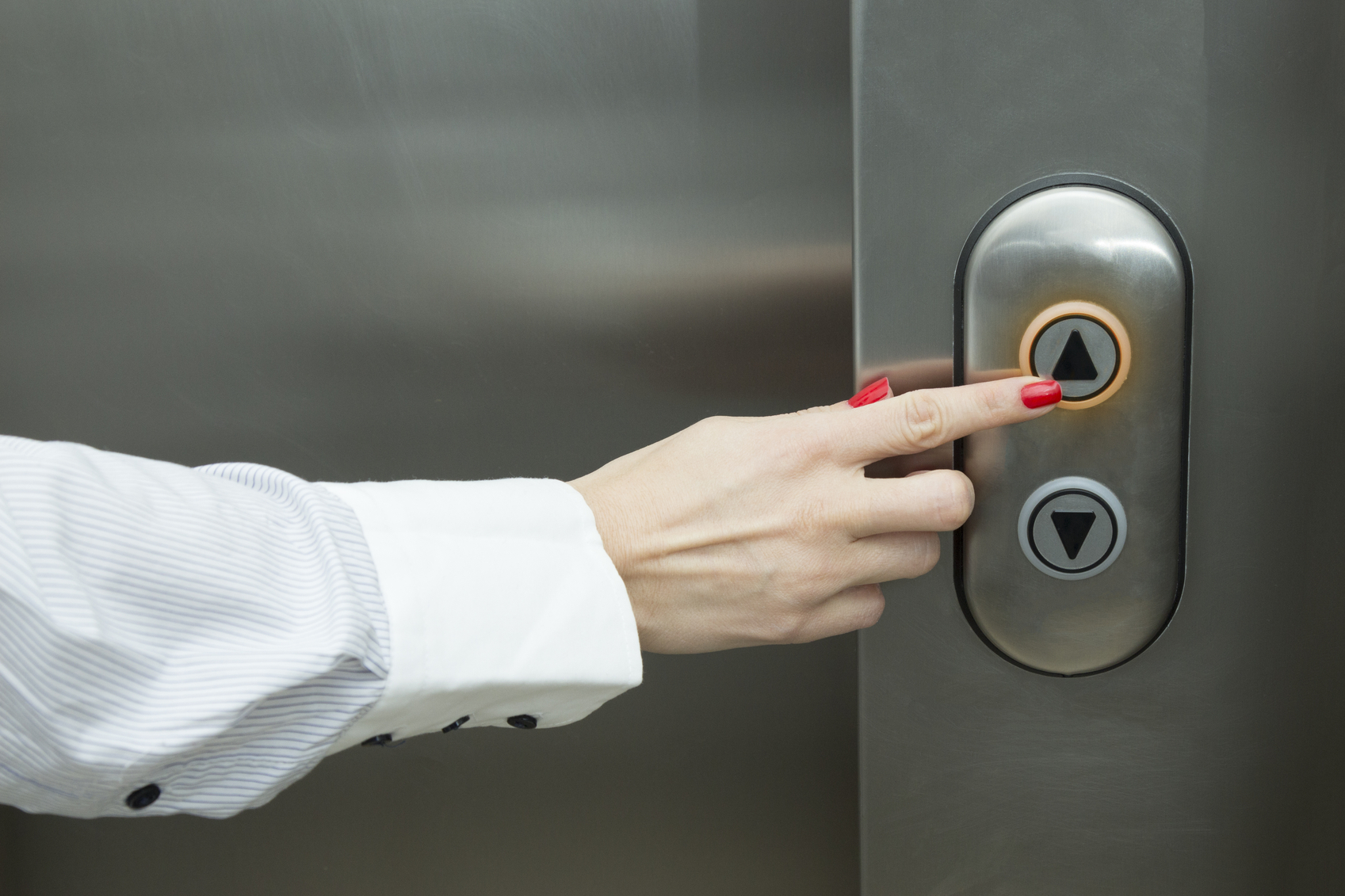London Lift Company: Trusted Specialists for All Your Vertical Transport Demands
Exploring the World of Elevators: Common Issues Encountered by Numerous Lift Mechanisms
As we browse via the upright transportation systems of contemporary buildings, elevators stand out as a vital component of our lives. However, behind their smooth operation exists a world of complex systems that can often experience obstacles. From hydraulic lifts to grip systems and machine-room-less styles, each lift kind includes its set of typical problems. Comprehending these challenges is essential for making certain the smooth performance of these vital systems. Let's check out the complexities that underlie the operation of lifts and the possible problems that can emerge, clarifying the intricate internet of lift mechanisms.
Hydraulic Lifts
Hydraulic elevators, usually chosen for low-rise structures, make use of fluid stress to control the motion of the elevator cars and truck (lift repair companies). This device entails a hydraulic pump pressing oil into a cylinder, causing the lift to relocate in the desired instructions. While hydraulic elevators are recognized for their silent and smooth operation, they do feature their own set of typical problems
One common issue with hydraulic elevators is oil leakage. Additionally, problems with the control system, such as defective shutoffs or a malfunctioning pump, can trigger disturbances in the lift's motion.
Normal maintenance and timely repair work are vital to ensure the smooth performance of hydraulic lifts. By dealing with these usual problems proactively, building owners can minimize downtime and make sure the safety and security and effectiveness of their vertical transport system.
Traction Elevators
When taking into consideration upright transportation systems in buildings, one more common kind apart from hydraulic lifts is the grip lift. Grip lifts operate making use of a system of ropes and counterweights that relocate the lift cars and truck by clutching onto the hoist ropes. This device permits for smoother and faster vertical transportation contrasted to hydraulic systems.
One of the common problems encountered by grip elevators is rope wear. The constant motion of the ropes within the grip system can cause tear and use over time, possibly triggering the elevator to breakdown or end up being risky for usage. Routine assessments and maintenance of the ropes are necessary to make certain the lift's appropriate functioning and safety and security.
Another concern that traction lifts might encounter is connected to the control system. Troubles with the control system can result in problems such as erratic movement, delays in reaction times, or also full shutdowns. Normal testing and maintenance of the control system are vital to prevent such problems and ensure the lift's dependability.
Machine-Room-Less (MRL) Elevators

Among the essential components of MRL lifts is the small gearless traction machine that is mounted within the hoistway. This equipment efficiently drives the elevator vehicle without the demand for cumbersome devices located in typical traction elevators. Additionally, MRL elevators commonly make use of a counterweight system to balance the car, additional enhancing their power efficiency.
In spite of their benefits, MRL lifts may deal with challenges associated with upkeep and repair service due to the restricted room for tools installation. Accessibility for servicing parts within the shaft can be restricted, calling for specialized training for technicians. Proper upkeep schedules and regular evaluations are crucial to make sure the ongoing smooth operation of MRL elevators.
Overloading and Weight Limitation Issues
Straining and weight limit problems are critical worries in elevator operations. Lift makers design lifts with particular weight abilities to ensure traveler safety and security and equipment longevity.
When elevators are overwhelmed, it puts extreme pressure on the index electric motor, wires, and various this link other parts, potentially causing malfunctions or malfunctions. If they find excess weight, safety devices such as sensors and overload sensing units are in place to stop lifts from relocating. In addition, surpassing weight limitations can result in increased power intake and wear and tear on the elevator system.
To mitigate overwhelming issues, building supervisors ought to prominently display weight limits in lifts and enlighten owners on the relevance of adhering to these restrictions - lift repair companies. Routine maintenance checks by certified service technicians can additionally help make sure that elevators are operating within risk-free weight criteria. By dealing with overloading and weight restriction concerns proactively, building owners can boost lift security and performance
Electrical System Failings
Going beyond weight restrictions in elevators can not just lead to mechanical problems yet additionally potentially contribute to electric system failures within the lift facilities. Electrical system failures are a vital concern in lift operation, as they can trigger unanticipated closures, breakdowns, or also safety and security threats.
In addition, power rises or changes in the electrical supply can likewise interrupt the lift's procedure, influencing its performance and safety. These electric disruptions can harm delicate lift components such as control panels, motherboard, or sensing units, leading to system failings. Regular upkeep and assessments are critical to recognize and deal with prospective electrical issues without delay, ensuring the safe and reliable operation of elevator systems. By sticking to weight limits and conducting routine electric system checks, building owners can minimize the risk of electrical failings in elevators.
Final Thought

Hydraulic lifts, frequently favored for low-rise buildings, use fluid pressure to control the activity of the lift car.When taking into consideration upright transportation systems in structures, another usual kind aside from hydraulic elevators is the grip elevator. Traction elevators operate using a system of ropes and weights that relocate the elevator vehicle by grasping onto the hoist ropes. Unlike typical lifts that call for a separate equipment area to house the devices, MRL elevators integrate many of the parts within the shaft, getting rid of the need for a dedicated device area.In verdict, elevators face usual issues such as hydraulic breakdowns, grip system failures, and electric system issues.